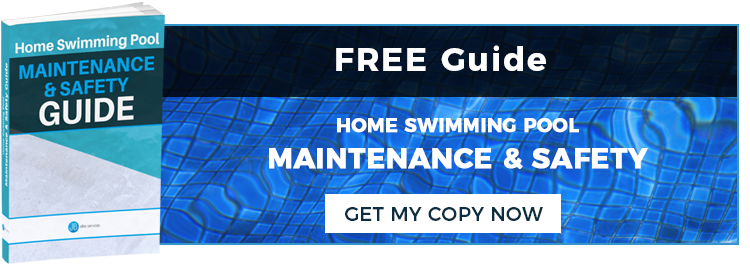Heavy rains and flooding can cause anxiety for pool owners. From the water balance to practical issues such as overflowing, there are plenty of factors to consider when the weather takes a turn for the worse. Here’s a quick guide to keeping your pool healthy during periods of heavy rain or flooding.
1) Plan In Advance
Staying one step ahead of the weather is one of the best things that pool owners can do. If you know that rainy days are ahead and there is a risk of flooding, lower your water level. This will reduce the risk of flooding and give you extra breathing space when dealing with the water chemistry.
2) Install A Slatted Cover
Keeping the rain out is always better than letting it in. A decent cover will minimise the amount of debris that enters the pool, which in turn reduces the overall pressure on the system and protects the shell of the pool.
3) Keep Checking The Water Chemistry
Home swimming pools have a delicate chemical balance. An influx of rainwater will alter the performance of chlorine, algicide, and any other agents. This can lead to pools becoming vulnerable to clouding and other issues.
Daily checks during rainy weather will help to keep the pool healthy and clean. Most flooded pools will require additional chorine to prevent algae blooms.
4) Remove Debris
Leaves, twigs, insects, and debris can cause problems for pump baskets, skimmer baskets and pool filters. Clogged filters and baskets cause serious issues, including increased energy usage and reduced hygiene. As the autumn sets in, it is important to keep a cover on the pool and check it daily for potential obstructions. A regular scoop with a swimming pool leaf net is a good way to keep everything running smoothly. A good tip is to turn off the filter before you do this, as this will cause debris to settle, making it easier to remove.
5) Don’t Drain It!
It can be tempting to totally drain a flooded pool. Don’t. This removes the weight from the ground, which can cause the foundational structure to shift. If you need to reduce your water level, take it down a maximum of 20%. This will enable the pool to have space to re-fill, while not drastically altering the weight balance.
What Next?
If you have concerns about your pool after heavy rain or would like to know more about preventing problems, please get in touch with one of our home pool maintenance specialists today.


